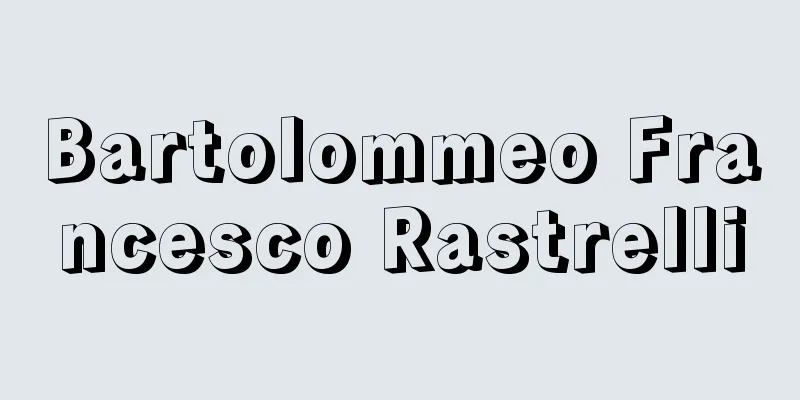Kasuga School (Armor)

|
… Armor craftsmen were known in ancient times as yoroi-zukuri (armor makers) or yoroi-saku (armor craftsmen), and in early modern times as monoguzaiku (tool craftsmen), gusoku-zaiku (armor craftsmen), yorishi (armor makers), or gusokushi (armor makers). It was not until the Warring States period that these craftsmen began to carve their names and call themselves schools, and the Iwai and Kasuga schools in Nara, the Saiga school in Kishu, and the Myochin school in Kyoto flourished. Among them, Iwai Yozaemon of the Iwai school, who became an armor maker in the service of the Tokugawa Shogunate, and Nobuie of the Myochin school, who also demonstrated his skills in sword fittings, are well known (Figure 1). … From Hayashi Mataichi…He started out as Shigekichi, serving Kato Kiyomasa as a gunsmith, but after the Kato clan was abolished, he was employed by Hosokawa Tadatoshi, who became the lord of the Higo Kumamoto domain, and switched to tsuba craftsmanship, perfecting the Higo tsuba. The Hayashi school was also called the Kasuga school, as they lived in Kasuga village, Akita district, in the same province. Together with the Hirata, Nishigaki, and Shimizu schools, they formed the four major schools of Higo metalwork, but the Hayashi school was the mainstream, and Matashichi in particular is said to be the father of Higo metalwork. Matashichi's style is characterized by excellent iron forging, beautiful colors, and innovative and intricate openwork and cloth-grain inlay, beautifully harmonizing practicality with decorativeness. … *Some of the terminology that refers to "Kasuga School (Armor)" is listed below. Source | Heibonsha World Encyclopedia 2nd Edition | Information |
|
… なお甲冑の工人は,古くは甲作(よろいづくり),鎧作と呼ばれ,近世には物具細工(もののぐざいく),具足細工あるいは鎧師,具足師などと呼ばれた。彼ら工人が銘を刻み,流派を唱えるようになるのは戦国時代にいたってからで,奈良の岩井派,春日派,紀州の雑賀(さいが)派,京都の明珍派などが隆盛となった。その中でも徳川将軍家のお抱え具足師となった岩井派の岩井与左衛門や,刀装具にも手腕を発揮した明珍派の信家などが著名である(図1)。… 【林又七】より…はじめ重吉と名乗り,鉄砲工として加藤清正に仕えていたが,加藤家改易後,肥後熊本藩主となった細川忠利に抱えられ,鐔工に転じて肥後鐔を完成した。林一派は同国飽田郡春日村に住したので春日派ともいわれ,平田,西垣,志水の3家とともに肥後金工の四大派を形成したが,林家はその主流をなし,とくに又七は肥後金工の祖といわれている。又七の作風は鉄の鍛(きたえ)が抜群によく,美しい色合いを呈し,斬新で精緻な透彫と布目象嵌に大きな特色があり,実用性と装飾性をみごとに調和させている。… ※「春日派(甲冑)」について言及している用語解説の一部を掲載しています。 出典|株式会社平凡社世界大百科事典 第2版について | 情報 |
<<: Cascahal [island] - Kasukaharu
>>: Kasuga School (short poem) - Kasuga
Recommend
Cherry orchid
A perennial vine of the Asclepiadaceae family, nat...
Nagasaki Trade
Foreign trade was conducted through Nagasaki in t...
Volume integral
Given a domain A in xyz space and a function f ( x...
Cloud Dream Chin Slips - Unbo Shinkan
… Traditionally, the Qin Empire has been said to ...
Purveyor - Goyoutashi
In the Edo period, privileged merchants had access...
Transmission of the Gods
A term referring to the essence of portrait painti...
Niederle, L. (English spelling) NiederleL
...Russia produced such linguists and philologist...
Isshiki bechinou - Isshiki bechinou
〘 noun 〙 In the manor system, the act of paying on...
Growing point
Meristems at the tips of roots and stems of higher...
Czerny, A.
...Nutrition metabolism is then disturbed, result...
bustān (English spelling) bustan
At the same time, it should be noted that the ind...
Atomic theory - Genshiron (English spelling) atomism
A fundamental view of nature that nature is made ...
corm
...Tulips, daffodils, amaryllis, lilies, Dutch ir...
Neuenburg
…the name of the canton (state) and its capital i...
infrasound
…The sound in this case is in the ultrasonic rang...


![Nago [city] - Nago](/upload/images/67cc658a2b577.webp)






